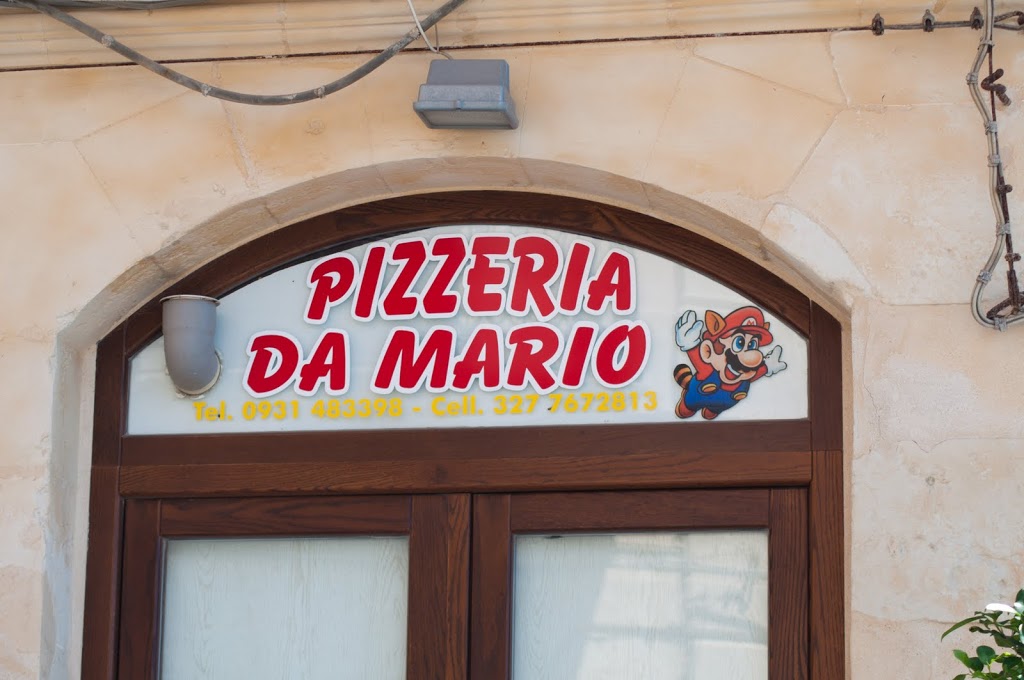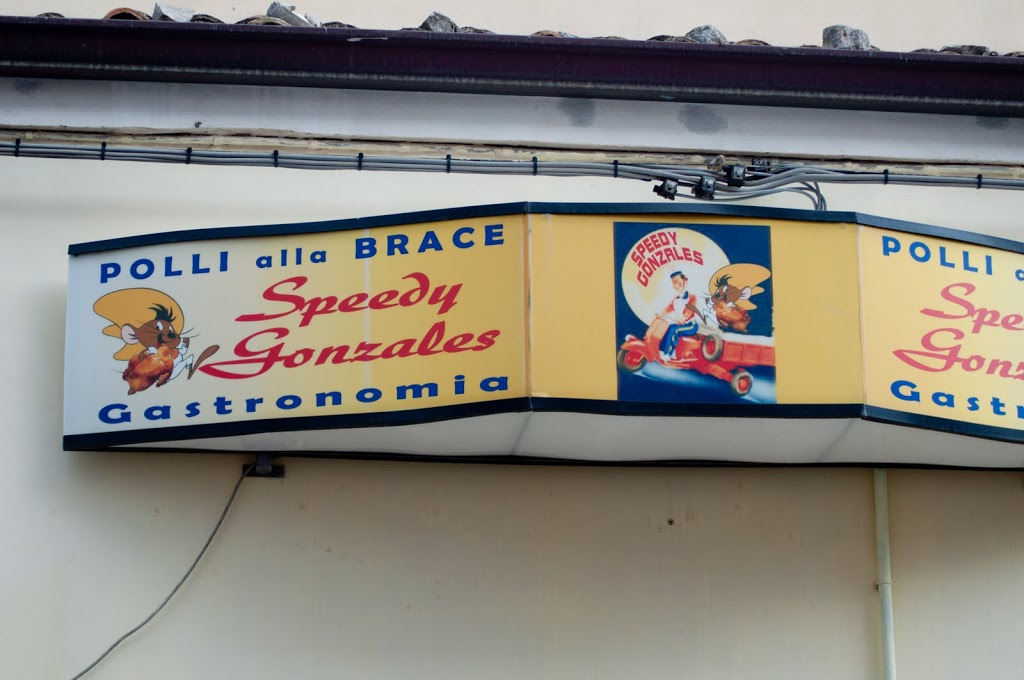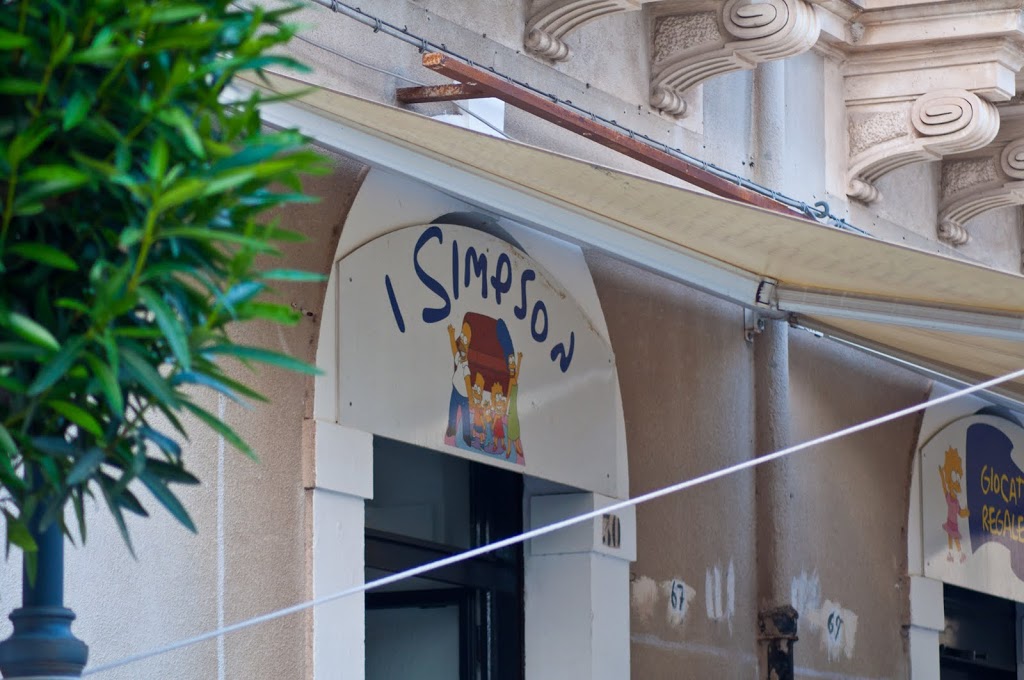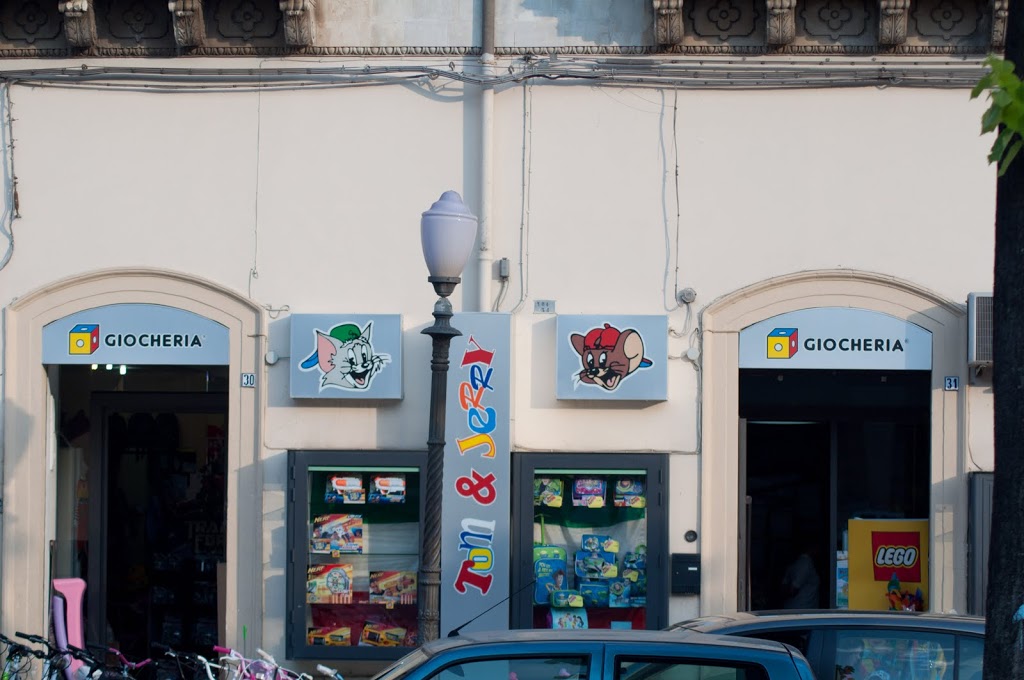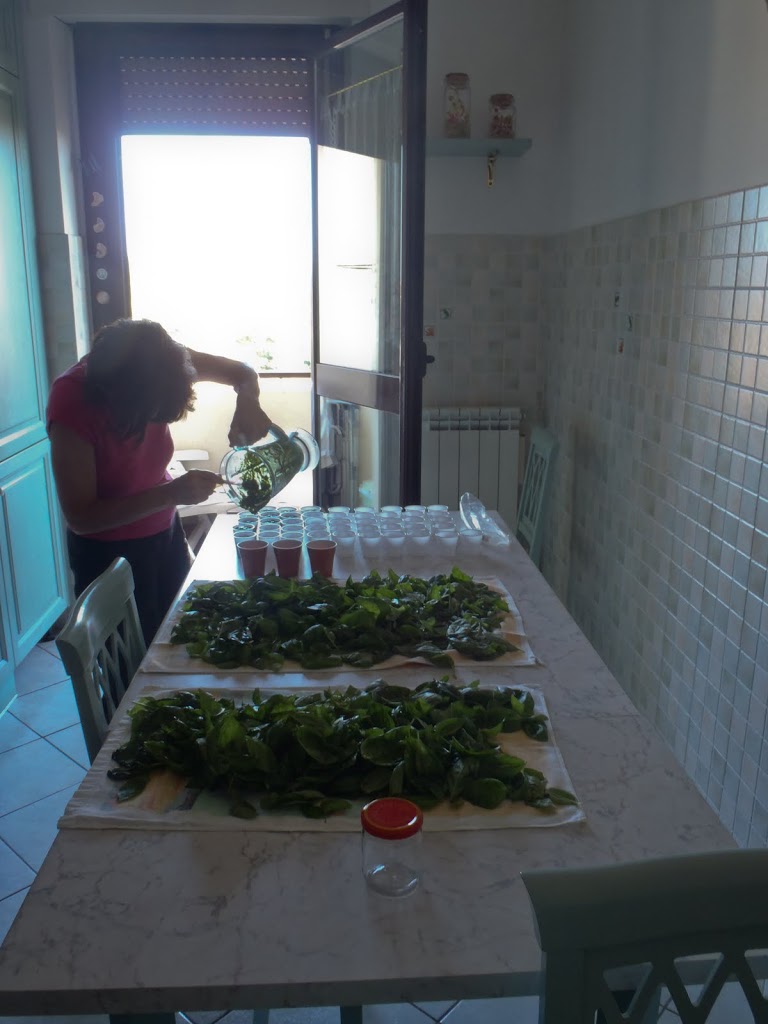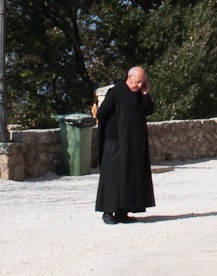While traveling internationally I make calls back to the US. Even more important I want to receive calls made to my US number. It is a little complicated, so for my own memory and anyone else who may be interested, here is how I do it. Or if someone knows a better way– even better!
In the US I have a dataplan with Verizon. It happens that I have a Android Droid 2 on a family plan. That is my normal setup for when I am in the US.
When I leave the US for an extended period, I get a SIM card for the county I’m staying in most of the time. I stick that in a Nexux One. Being in the two-phone club makes me feel cool and them both being Android based keeps all my contacts and everything important all synced together.
I also deactivate my Verizon dataplan. With Verizon, you have to port your number to a non-smartphone to have a plan without data. In other words, numbers on smartphones must have a dataplan, and numbers on dumbphones cannot ever have dataplans. So to deactivate my dataplan, right after I leave the US, my mom enters the following on an old Motorola Razr. This ports my number to the Razr and deactivates my dataplan. It’s the same as if the Razr was a new phone I was activating.
Activate a phone on Verizon:
Turn off the old phone
Turn on the new phone and enter the following
* 228 [SEND]
(Call connects)
Select option 1
Enter my phone number
Enter account password/PIN
(Phone programs itself)
If there is a problem, will be connected to customer service.
If there is a big problem, Verizon customer service is 1-800-933-0204
I also want my calls forwarded to a place where I can get them. What I do is forward my Verizon calls to a Skype number. I have purchased a Skype Incoming number which I guess works out to be $6/month. That is a phone number I own from Skype where I can receive calls.
Verizon will forward calls to a US number for free, mostly. It just uses one ‘minute’ for each call forwarded and SMS can not be forwarded. All the SMS from the time away will be piled up on the dumbphone. I forward my Verizon phone number to my US Skype number (interesting, this is the number people see on their caller IDs when I call them). This can also be done from the phone.
*Note, activating a new phone / dataplan can not be done while call forwarding is active. So change phones first, then set up forwarding.
Activating Call Forwarding on Verizon:
Dial *72 [Number want to forward to AKA Skype number] [SEND]
(Want for beeps)
Done.
Interesting pitfall I found out first time through this. When my phone is off, it goes straight to voicemail. When it goes straight to voicemail, it does not “ring” which seems to be a critical part of the call-forwarding-process. So the dedicated dumbphone has to be left plugged-in and turned-on in the US. I don’t think it ever actually “rings” but it needs to be on or calls will just be sent to your US phone voicemail.
Now I have all my calls going to Skype. I have a US Subscription that covers all my US originated forwarded calls and any US calls I make for $6/mo.
Once my calls are in Skype I pretty good control over them. I can answer them in the Skype application (either on my computer or my phone) for free (no more than the monthly fees I already mentioned). Or I can have them forwarded on to my local cell phone number for the Skype rate in that country. In Italy, Skype charges $0.30/min to call cell phones. It is free to receive calls on cell phones in most of Europe, so there is no double paying.
I don’t always keep the Skype application running on my phone because it drains the battery. I always load it up to make a call to the US. If I don’t have it running, I will still get my calls, just at that 30 cents per minute more.
Setting up call forwarding in Skype:
From the Skype application
In the Tools menu, open the Options dialog
Under the Calls section on the left menu, find Call Forwarding
All the options to configure are there.
This gets me set up to receive calls sent to my US number right from my local cell phone and a fixed monthly rate. Now, fixing it all for when I want to come home.
I mentioned before, a new phone can not be activated when call forwarding is active. So before I arrive home, my mom enters the following code into the dumbphone that is currently hosting my US number.
Deactivating Call Forwarding on Verizon:
Dial * 73 [SEND]
(Wait for beeps)
(There will be a message on the screen)
Done.
Now in theory, the moment my plane touches down I can reactivate my smartphone with the same code used to change phones just after my departure and it will reactivate my dataplan. Every Verizon person I talked with always promised it would. Except the last person I talked to, when I said it never has, he admitted it probably never would. So I call them up from a land line when I get home and get things working again. Still trying to fill in this missing piece to get my phone working right from the tarmac.
Skype will still be forwarding to the international number. No rush to reset that, since I only use this number for this setup. But I change it to forward to my US number when I think of it, just in case someone has saved the number when they saw it in their caller ID and tries to reach me using it.
In summary, I deactivate my dataplan and forward my US number to Skype and then to my local cell when overseas. I don’t pay for my dataplan when I’m gone, but I pay for credit on my local cell, Skype Subscription and Number. This makes it possible for me to pick up my phone and call home and for anyone to call up my regular old US number and I can answer the call in Italy on my Italian cell phone without either of us paying more for the call than if I was still in the US. I just don’t get text messages until I come back to the US. Also if someone is brave enough to leave a voicemail with my Italian cell phone carrier, I am often unable to retrieve it– but hey its 2011, why are you leaving me a voicemail?
It is a little complicated and not super cheep, but it is important to me to be able to get my calls as someone who is self employed and traveling long-term. I’ll be heading back overseas again soon, so any suggestions for improvements are welcome!

